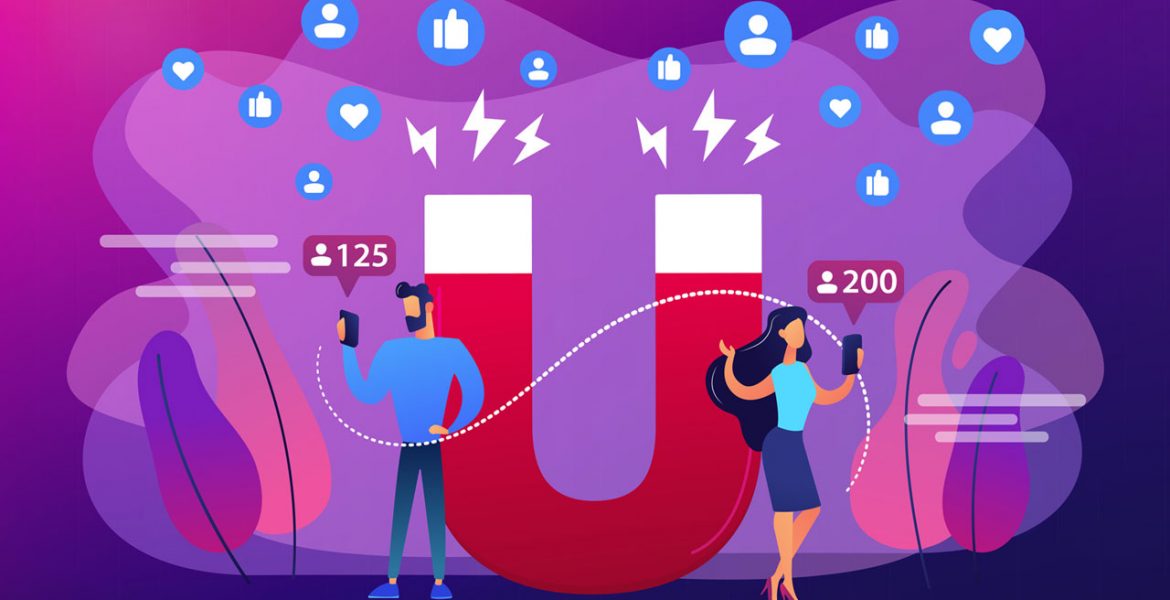There are numerous digital marketing strategies, but influencer marketing is the best way for B2C brands to break through the noise and reach new audiences. Influencer marketing works especially well for beauty and fashion, travel and leisure, food and drink, family, entertainment, and health and fitness.
If you look at almost any marketing team – B2B, B2C, or non-profits and even political campaigns – there are three marketing functions that are typically covered:
- Content marketing across asset types and down through the funnel
- Organic, paid, and nurture strategies to be set up, tracked, and optimized
- Social media presence and content on all relevant channels
These specialties have become almost table stakes across industries, from startups and small businesses to the most successful enterprises and brands. Although influencer marketing can work for B2B, it seems to be almost perfectly designed for the marketing – and sale – of consumer products and services. Below we take a look at a few reasons why influencer marketing works so well for B2C brands.
Consumerism with a human connection
When it comes to what people buy – as the consumers we all can’t help but be – there are your must-haves, your nice-to-haves, and your really-nice-to-haves. What the first and third categories, aka “things you need” and “life’s little luxuries,” have in common is that you want to get it right when you open your wallet.
For the must-haves, you need the product or service to serve its purpose, offer value for money, and preferably come with a trustworthy recommendation. For the really-nice-to-haves – perhaps a birthday gift, a trip you’re particularly excited about, or anything you’ve saved up for a while to buy – you also want to ensure a certain level of product-purchase fit.
According to the Nielsen Report, Global Trust in Advertising and Brand Messages, 92 percent of consumers trust recommendations from other people over branded content, even people they don’t know. Consumers know that every brand or company is self-promoting by necessity and will always paint the rosiest picture possible of their products or services.
By contrast, B2C influencer marketing involves followers and devotees developing a relationship akin to a friendship with social media influencers. So beyond coming back for more content from their favorite influencer, repeatedly and often, consumers are also far more likely to trust their recommendations for those must-haves and really-nice-to-haves.
Ease of sale
Whereas B2B sales are usually more expensive and complex sales, B2C sales are relatively less expensive and typically highly transactional. For most consumers, with the right information and recommendations, it’s easy to quickly make a decision on a purchase. Affiliate links and discount codes have long-served the dual purpose of tracking influencer-generated sales while providing a streamlined path to purchase.
Recently, leading social media platforms Instagram and Pinterest and retail rivals Amazon and Walmart have made great strides to further streamline influencer sales. They respectively enable shoppable posts that allow in-app purchases and influencer landing pages that act as storefronts where influencers can promote a list of their favorite branded products and services.
With the right influencers, the right messaging, and the right tools, the consumer journey from intent-to-buy to actually buying is steadily approaching mere seconds.
Ease of scale
To maximize the opportunity influencer marketing presents, it’s important to make the most of its ability to scale effectively. This is especially true for B2C where success is often measured by the volume of sales in the millions, as compared to B2B products, for which maintaining and steadily growing from a few hundred to a few thousand clients is considered impressive.
B2B influencers are often thought leaders, subject matter experts, and product evangelists for the company or brand they’re promoting. They are in limited supply, few in number, and therefore not capable of scaling their efforts and not particularly diverse. But consumer brands have an eclectic bouquet of influencers to choose from and can scale as far as their budget allows.
According to our State of Influencers Report 2019, the top six most popular verticals of influencer respondents are:
- Travel and leisure (45%)
- Beauty and fashion (42%)
- Food and drink (42%)
- Family (31%)
- Entertainment (28%)
- Health and fitness (28%)
Each category is particularly photogenic and video-friendly, provides the opportunity to entertain, educate, instruct, or inspire, and has a noticeably strong affiliation with consumer products and services. The influencers who represent these verticals have the same mass appeal and targeted audience’s consumer brands are looking for.
Of course, with sufficient bandwidth or the right influencer marketing platform, brand marketers can take things a step further by hypertargeting niche influencers or even working out which topics, interests, and audiences are complementary and cross-pollinating across them.
However far you plan to go and whatever characteristic motivates you to do so, you can be certain that influencer marketing makes perfect sense for B2C brands. If you want to find out how to onboard and activate influencer partners, Julius’ Head of Product Marketing, Danny Palestine will be leading a workshop at Advertising Week NY this Wednesday, September 25.

